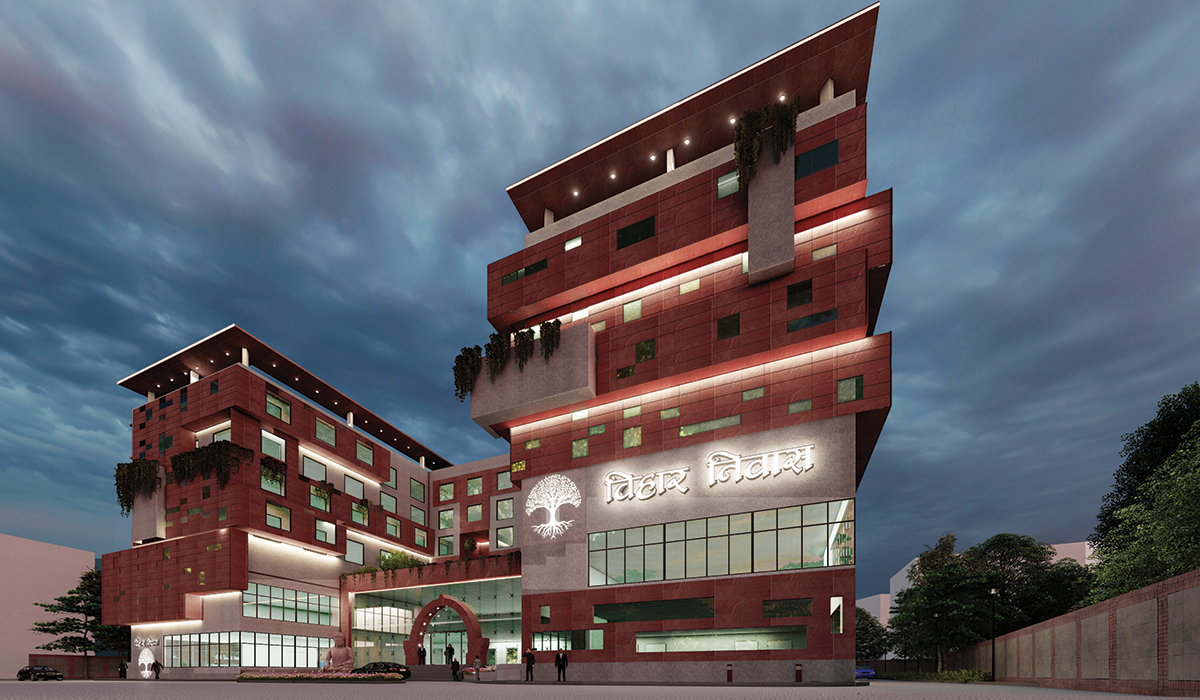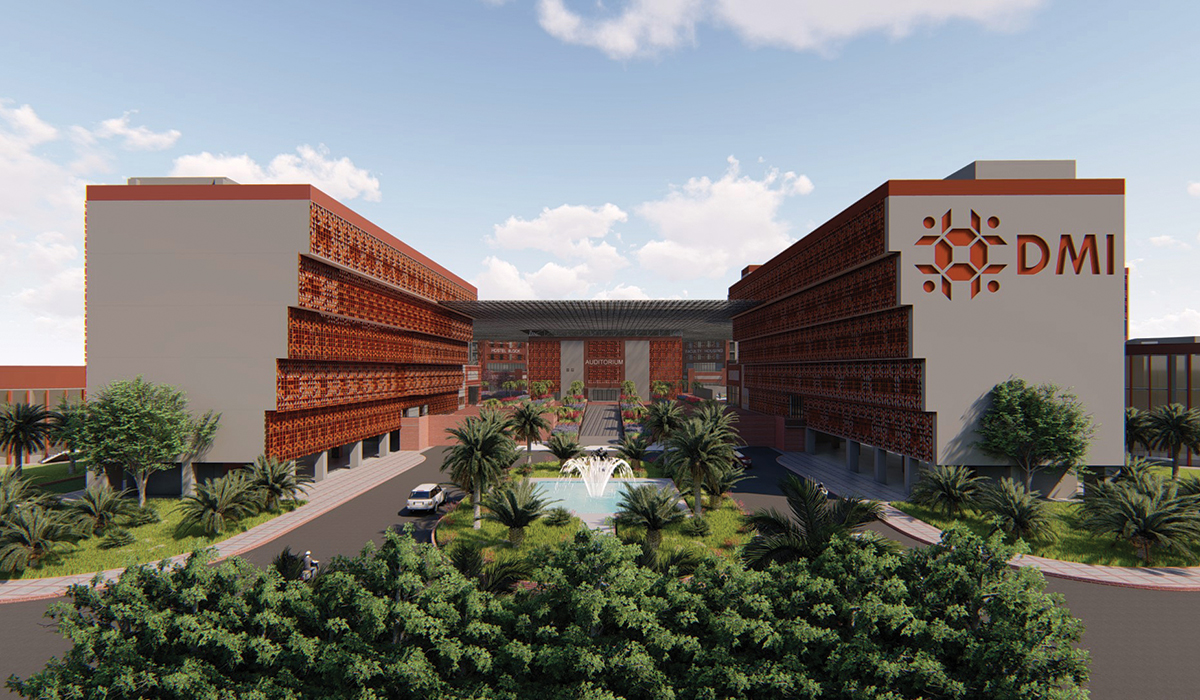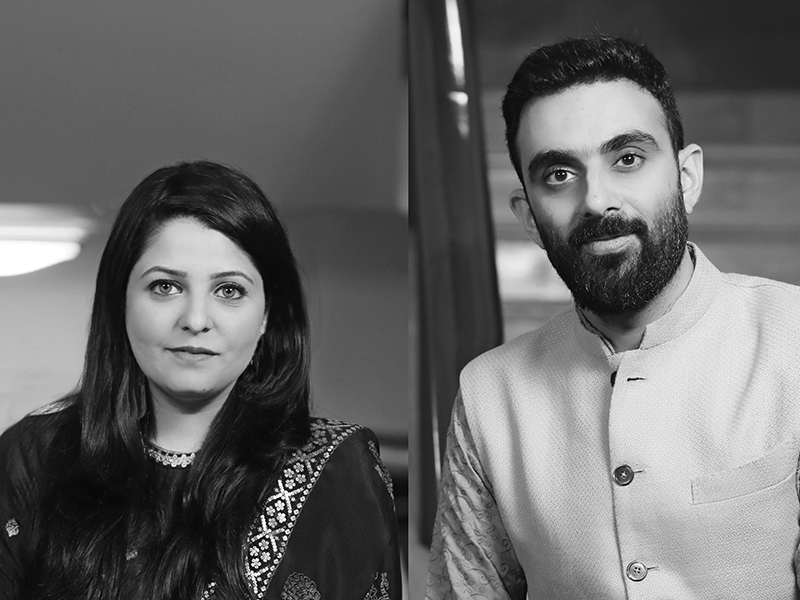As architects, it is incumbent upon us to create conscious developments, be it residential or commercial, and ensure that we mitigate their environmental impact to the greatest extent possible.
Mehak Kapoor & Vishank Kapoor - Architects, Kapoor & Associates
The notion of “sustainability” goes beyond Green Buildings, involving designing structures that effectively minimize environmental impact, conserve resources, and enhance occupant well-being. It embraces social and economic factors, such as the local context and culture, the needs and preferences of users, and the financial viability of the project.
 Bihar Niwas, New Delhi
Bihar Niwas, New DelhiIn terms of figures, energy-efficient buildings can curtail energy consumption by up to 50-70% in comparison to conventional buildings. Green buildings can reduce water use by 30-40%, waste generation by 30-40%, and lower carbon emissions by 20-30%. These considerable reductions result in diminished operational and maintenance costs that accrue over the lifespan of the structure.
As a design studio, our ethos is rooted in the understanding that sustainability is a way of life, and we strive to educate our clients and users towards creating buildings that are aligned with this principle, with an eye looking towards the future. An example is our forthcoming project, the ‘Development Management Institute Campus’ in Bihar. This is a socially collaborative campus with multiple interaction nodes for enhanced user experience. Since conception, the design process focussed on low tech interventions, such as campus planning which enables mutual shading, thin floor plates to maximize penetration of natural light, optimization of window to wall ratios, insulated envelope, and integration of shading devices such as terracotta screens and a large central space frame.
 Development Management Institute
Development Management InstituteFurthermore, high technology interventions such as efficient VRV Air-Conditioning, Solar Power generation, Occupancy Sensors, and Sewage Treatment Plants have been included in the design, and strategies such as native landscaping, dual plumbing, low flow fixtures, and rainwater reuse. By incorporating both low and high tech interventions, we are confident that the project will serve as a model of eco-friendly, health-positive design for years to come.
















